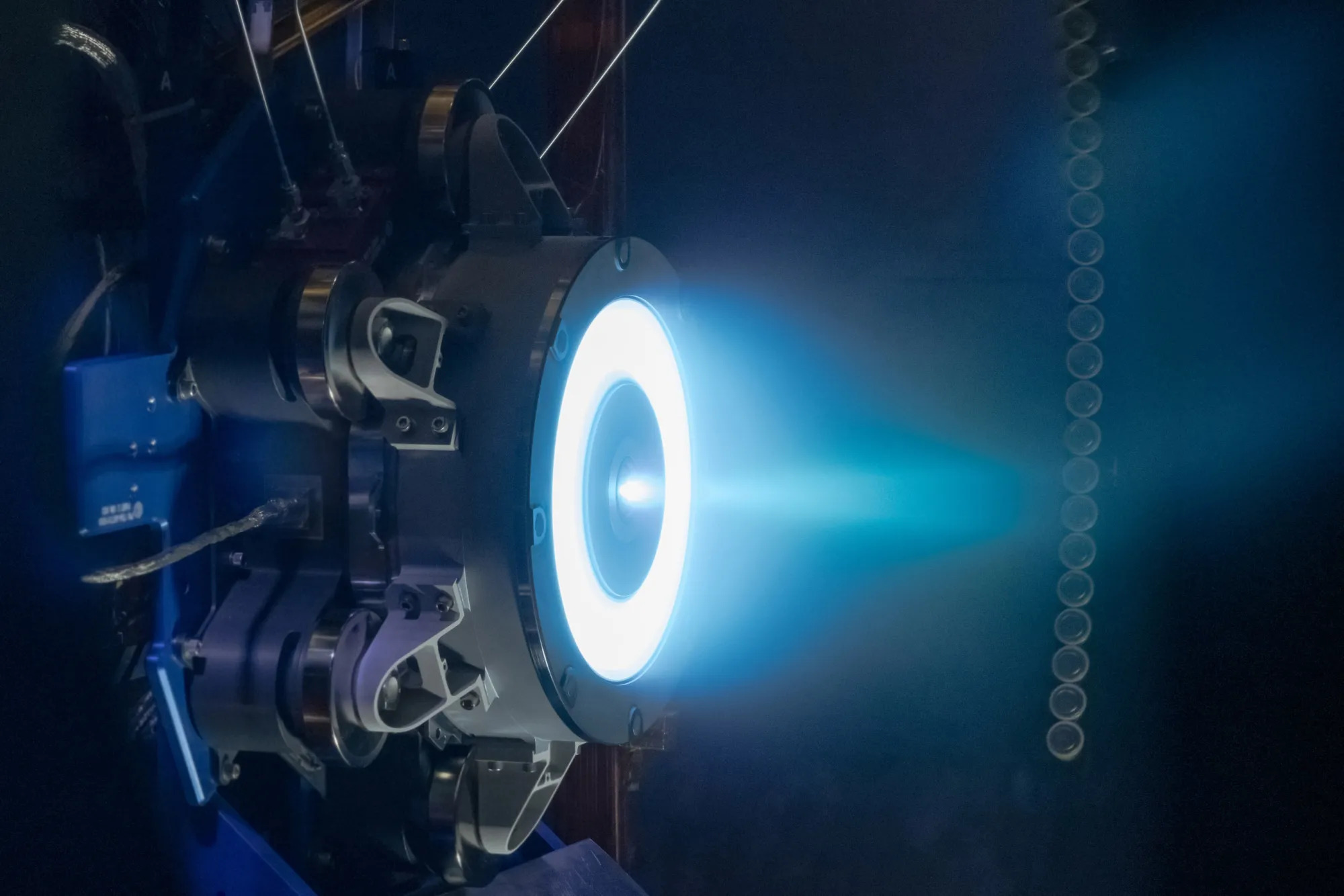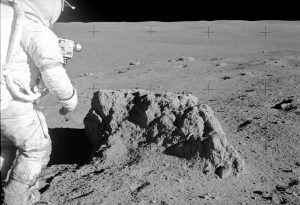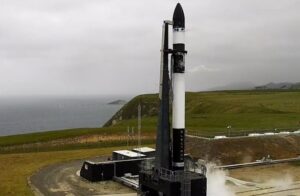NASA is testing AEPS, the world’s most powerful electric engine for Gateway
7th Nov 2023
Recently, qualification tests for the new experimental Advanced Electric Propulsion System were conducted at NASA’s research centre in Cleveland. AEPS shows great potential in heralding a new era of lunar and Martian exploration.
NASA’s AEPS advantages and testing
Advanced Electric Propulsion System (AEPS) is expected to be nearly three times more powerful than Hall’s present cutting-edge engines, and it holds great promise. This means missions can last longer and venture much farther into space.
These new systems offer outstanding fuel efficiency even at low power, which is something regular rocket engines can’t do. They use a mix of solar energy and chemical fuel to cut down on the amount of fuel needed for satellites and spacecraft. In a recent test, the upgraded Advanced Electric Propulsion System showed a visible blue glow inside a vacuum chamber. This blue glow is a continuous stream of ionized xenon gas that’s released to create a gentle yet efficient thrust for space propulsion.
PPE and future Gateway mission
The culmination of the AEPS project will be the deployment of these advanced engines on the Moon’s Gateway, humanity’s first space station orbiting the Moon, in 2025. Its Power and Propulsion Element (PPE) will employ three AEPS engines to navigate Gateway during its expected 15-year mission.
Scientists say, AEPS must pass proficiency testing before being certified to fly on Gateway. In these tests, NASA and Aerojet will utilize two qualification units, which are nearly identical to the engines slated for use on the PPE. The real flight engines for the Power and Propulsion Element are being constructed to guarantee Gateway’s readiness for launch and its journey to the Moon. These flight engines will be launched into space after the extensive multi-year testing process concludes.
“For NASA missions, launch dates are critical,” said Clayton Kachele, the AEPS project manager at NASA’s Glenn Research Center in Cleveland. “In this case, NASA is attempting to expedite the process, and we’re doing so sensibly. We will conduct several thousand hours of wear testing to confirm the system’s performance before the AEPS launch. Then, we will complete the final 15,000 hours or thereabouts to fully qualify AEPS for future customers, including NASA and other government agencies and commercial partners.”
Expected outcomes with AEPS integration on Gateway
The expected result of employing AEPS engines in constructing Gateway is to provide the necessary propulsion and power support for it. This enables Gateway to fulfil its critical role in the Artemis program, which aims to prepare humanity for future Mars exploration. The PPE will supply Gateway with the required power, high-speed communication capabilities, and support for maintaining its unique lunar orbit, facilitating extended lunar missions and deep space exploration in the future.
Virtual tour of the Electric Propulsion Power Laboratory
NASA’s latest update features an interactive virtual tour of the Electric Propulsion Power Laboratory (EPPL), the birthplace of the Advanced Electric Propulsion System (AEPS). This tour offers high-resolution images, embedded videos, and a 360-degree view, allowing users to explore the lab. Additional highlights include the option to zoom in on testing chambers and listen to AEPS project scientists and engineers.
Kachele stated, “AEPS represents a significant leap in technology. Regular electric systems use around 4.5 kilowatts of power, but with AEPS, we’re substantially boosting the power in a single engine. This newfound capability paves the way for exciting opportunities in the future of space exploration, allowing us to reach farther and move quicker.”
NASA has recently declared that AEPS has returned to the Glenn Research Facility for ongoing qualification testing, with the goal of certifying the engine for flight.






Thank you for your comment! It will be visible on the site after moderation.